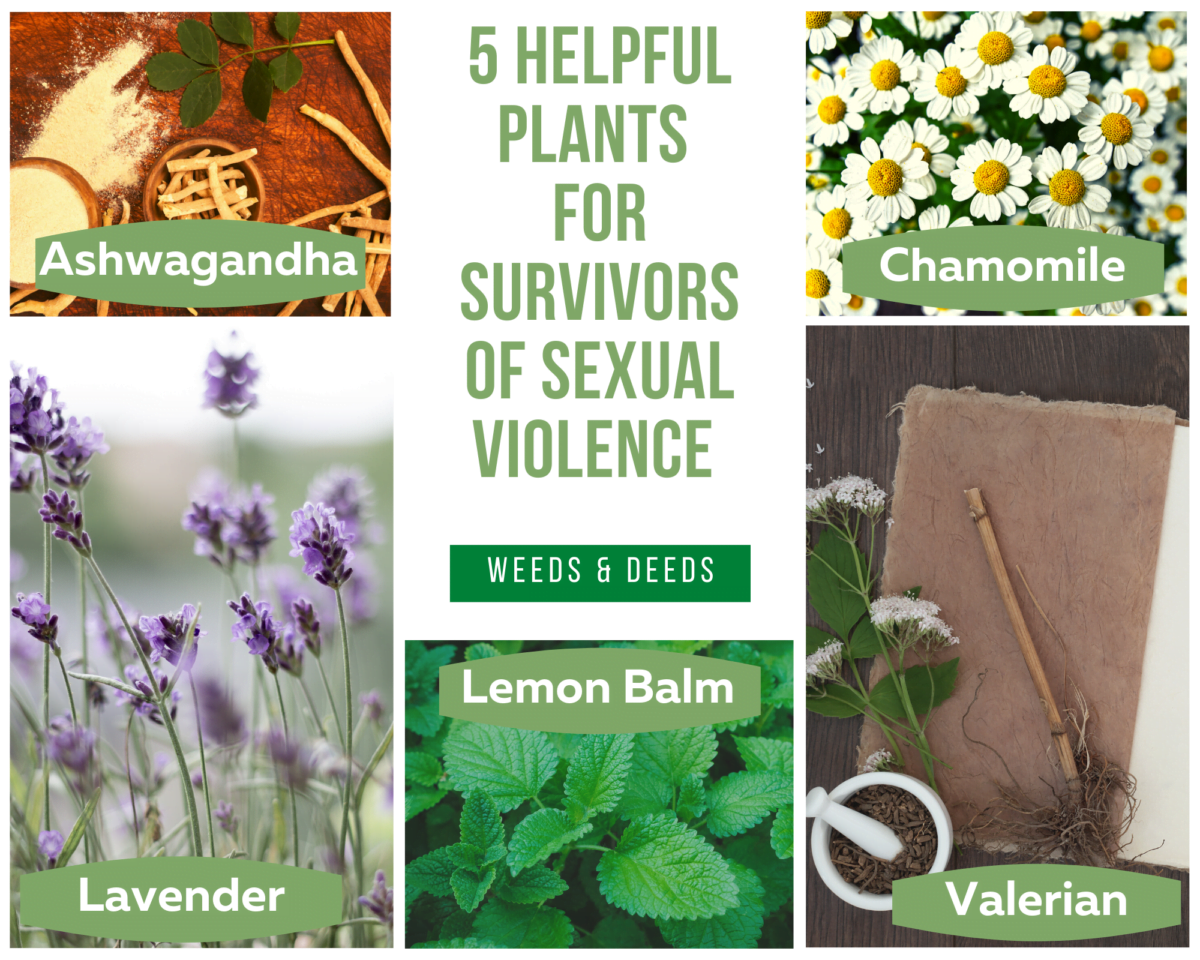Ashwagandha root
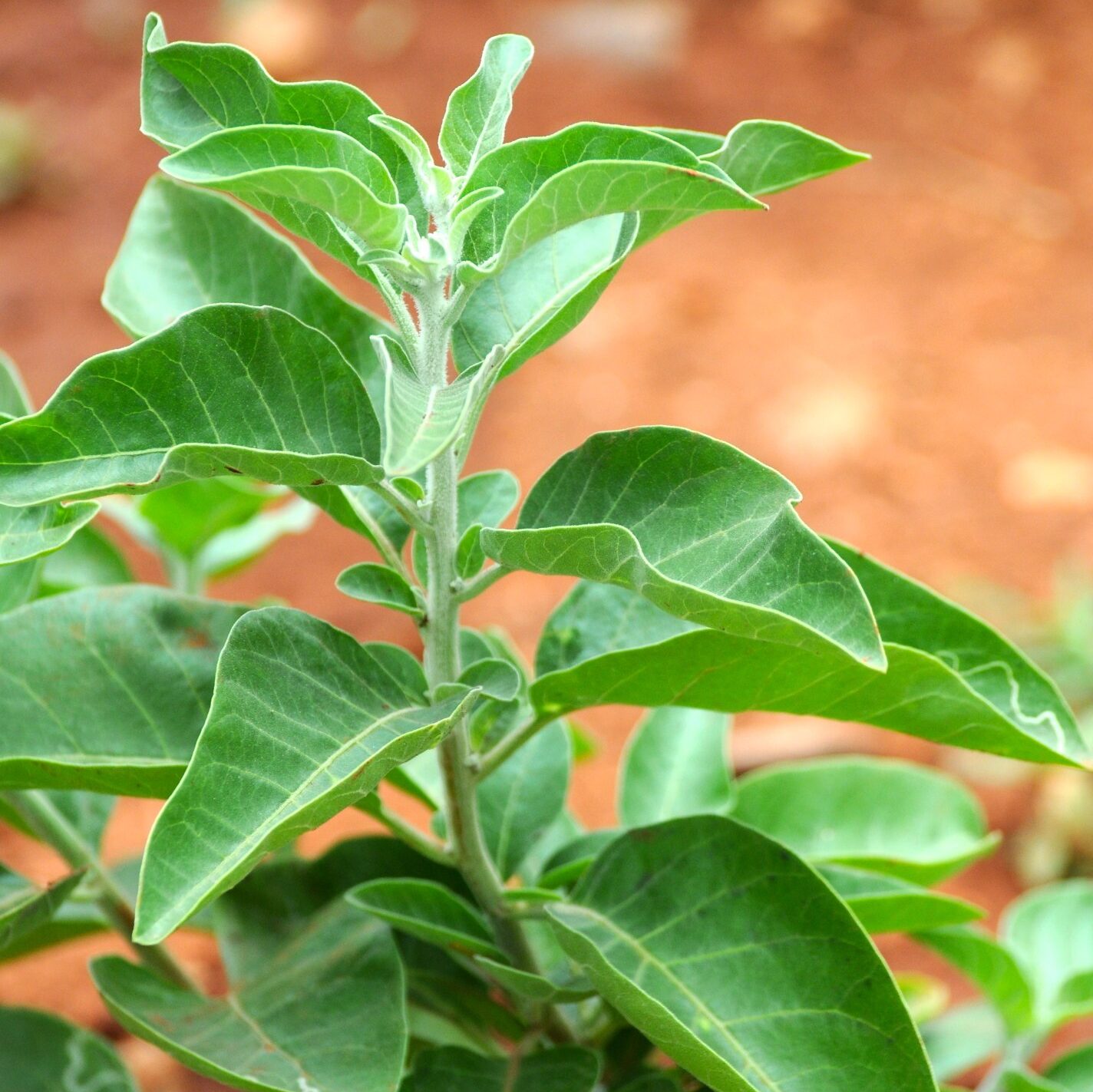
Photo by Hari Prasad Nadig3
Ashwagandha is best known as one of the main herbs in Ayurveda, the traditional medicine system native to India. It’s been used for thousands of years in Ayurvedic medicine to target everything from the negative effects stress can have on the body, to strengthening the immune system. Ashwagandha acts as a remedy to soothe the nervous system and reduce anxiety (adaptogen). Cortisol levels were substantially reduced in the Ashwagandha group, relative to the placebo group, of a study published in 2012.
In addition, according to Dr. Bruce Abedon (et. al, 2008), Director of Scientific Affairs at Nutragenesis in Vermont, clinical studies have demonstrated that this exotic Indian herb has powerful stress-relieving properties which act as a natural sedative. Ashwagandha has other health benefits as well. It can ease fatigue and tension. It acts as a potent antioxidant to boost the immune system. It increases mental alertness, improves memory and concentration, balancing out energy levels as it promotes better endurance. This herb can be taken by itself or in a synergistic blend with other herbs known to soothe the nervous system and help with stress relief.
No serious adverse effects were reported in the studies. Large doses of ashwagandha might cause stomach upset, diarrhea, and vomiting. There is some evidence it might cause miscarriage, lower blood sugar levels, decrease blood pressure, may activate immune function (people with autoimmune diseases should avoid it), slow down the central nervous system, and might increase thyroid hormone levels.
Recommended dosage: Dosage: ¼ to ½ tsp decocted in milk of your choice (cow, goat, almond, etc), or 30-60 drops of tincture 3-5X/ day.
Chamomile flowers
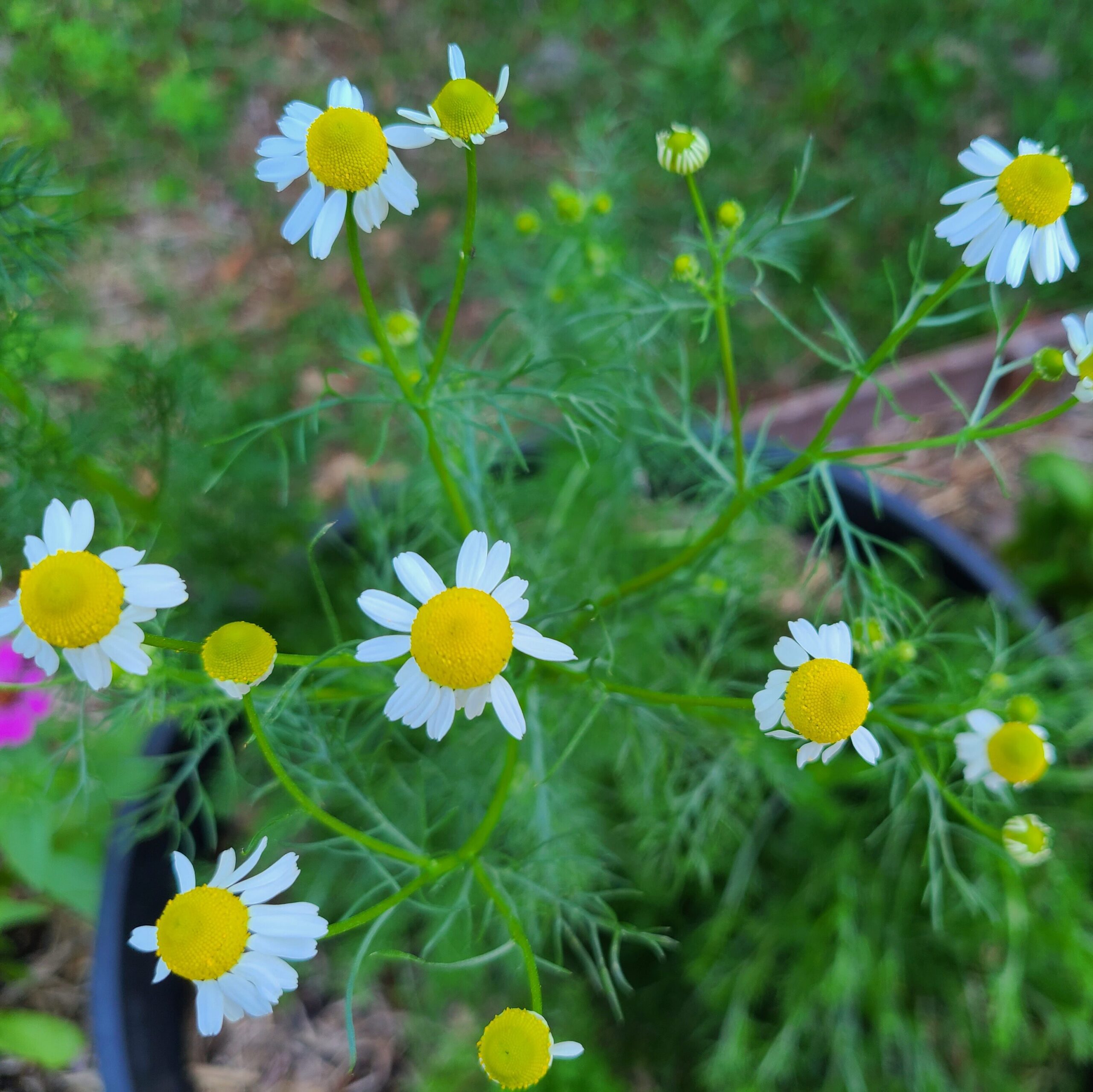
Chamomile has been used as an herbal medication since ancient times, is still popular today and probably will continue to be used in the future because it contains various bioactive phytochemicals that could provide therapeutic effects. Chamomile can help in improving cardiovascular conditions, stimulate the immune system, lower inflammation (particularly gastrointestinally and topically or on the skin ), calm anxiety and promote sleep through its sedative qualities, heal wounds, and provide some protection against cancer. The two common species of the Asteraceae family used as herbal infusions (tisane-or herbal tea) are Matricaria chamomilla, often called “German chamomile” or “Water of Youth” and Chamaemelum nobile, Roman, English or garden chamomile.
Safe when taken in amounts found in food. A relatively low percentage of people are sensitive to chamomile and develop allergic reactions. People sensitive to ragweed and chrysanthemums or other members of the Compositae family are more prone to develop contact allergies to chamomile, especially if they take other drugs that help to trigger the sensitization. It can cause vomiting in large amounts. German chamomile might also act like estrogen in the body and can make hormone-sensitive conditions such as breast cancer, uterine cancer, ovarian cancer, endometriosis, or uterine fibroids worse.
Recommended dosage: 1-4 cups herbal infusion per day; 5-30 drops of tincture 3 X/ day.
Lavender
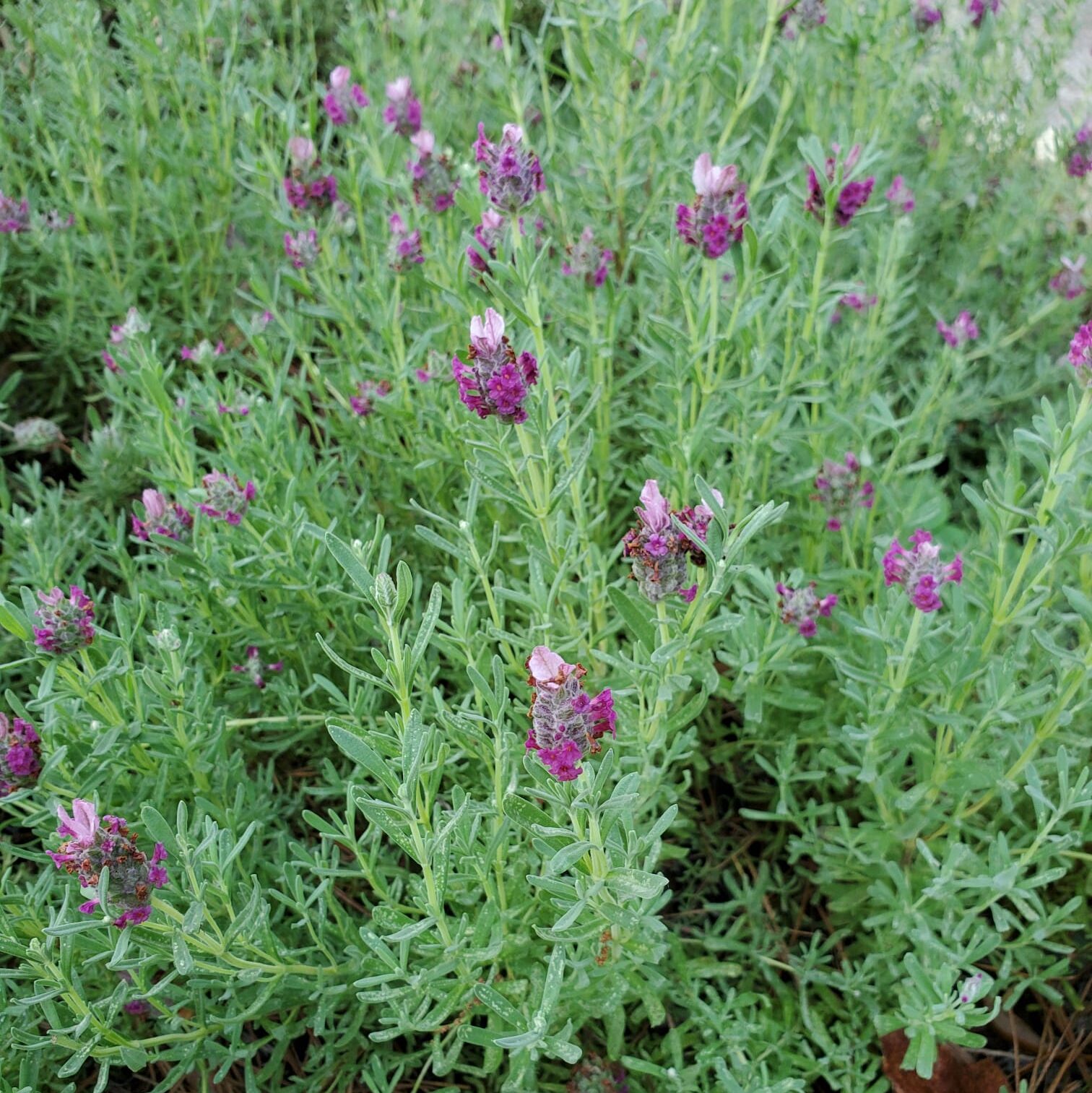
Lavender is traditionally alleged to have a variety of therapeutic and curative properties, ranging from inducing relaxation to treating parasitic infections, burns, insect bites, and spasm. There is growing evidence suggesting that lavender oil may be an effective medication in the treatment of several neurological disorders including anxiety, depression, and insomnia.
Lavender are divided into four main categories: L. angustifolia, commonly known as English Lavender, is a frost hardy species that has many pretty cultivars, habit, and blossom color (formerly known as L. vera or L. officinalis); L. stoechas is a large plant with greenish-grey foliage and late blooming with a very strong odor (sometimes known as French lavender); L. latifolia, a Mediterranean grass-like lavender; and L. intermedia, which is a sterile cross between L. latifolia and L. angustifolia. The various lavenders have similar ethnobotanical properties and major chemical constituents.
The low reporting of adverse reactions imply tolerability and safety with correct dosing, like food amounts.
Recommended dosage: 1-4 cups herbal infusion per day; 5-30 drops of tincture 3 X/ day.
Lemon Balm
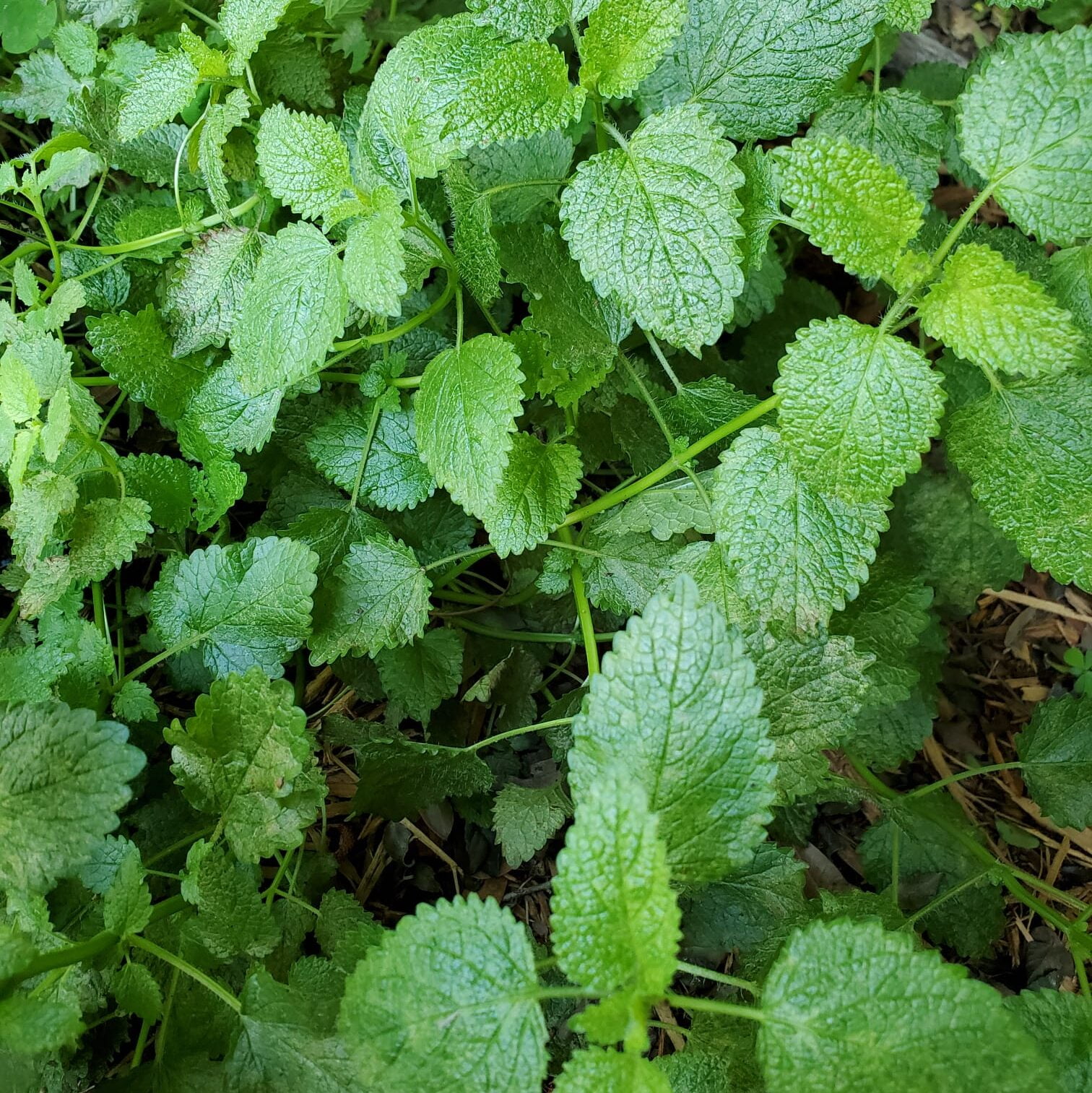
Lemon balm (Melissa officinalis) is a lemon-scented herb that comes from the same family as mint. It has traditionally been used to improve mood and cognitive function, but the potential benefits don’t end there. A small sample study (2004) found it decreased stress and a separate study (2014) indicated reduced anxiety and some increased cognitive function. It can also ease sleep disorders including insomnia, abdominal discomfort, nausea, and stress headaches.
It is recommended that lemon balm be taken with food and its use be short term. According to webmd lemon balm can lower blood sugar in people with diabetes, can cause too much drowsiness if combined with medications used during and after surgery, and may interfere with thyroid hormone replacement. Potential risks can include allergy, increased appetite, nausea, vomiting, dizziness, and headache.
Recommended dosage: 1-4 cups herbal infusion per day; 5-30 drops of tincture 3 X/ day.
Valerian Root
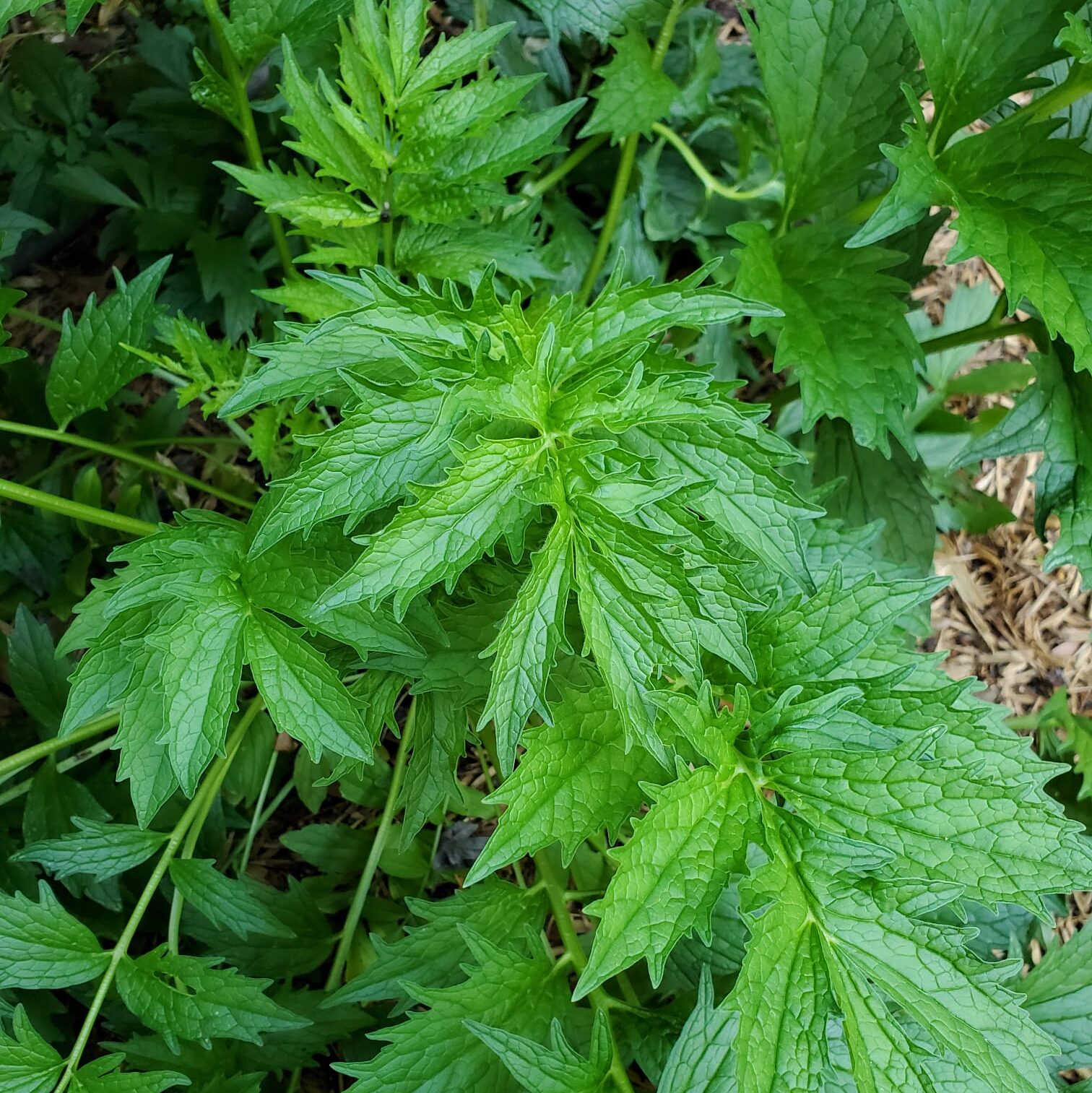
The extract of the root of valerian (Valeriana officinalis), a flowering plant, has been widely used to treat sleeping disorders in Europe for decades. The available evidence suggests that valerian might improve sleep quality without producing side effects. A 2015 review from Harvard Medical School contends that of 12 traditional herbs used to treat anxiety (including hops, gotu kola, and gingko), valerian was the “most promising candidate” for treating anxiety associated with bipolar disorder. It is often combined with lemon balm. Valerian is also used for conditions connected to anxiety and psychological stress but there isn’t much available research on those uses.
Valerian is considered safe when used in medicinal amounts short term. Clinical research has reported safe use of valerian for medicinal purposes in over 12,000 people in studies lasting up to 28 days.
Recommended dosage: 1-4 cups herbal infusion per day; 5-30 drops of tincture 3 X/ day. For Valerian, a stronger herbal sedative, plan not to take before driving until you know how it affects you.
Other recommended reading:
- Research Sharing Project’s Holistic Healing Services for Survivors
- Commonwealth Center Podcast Episode 127: Herbs for Trauma Recovery & Resistance
Sources

